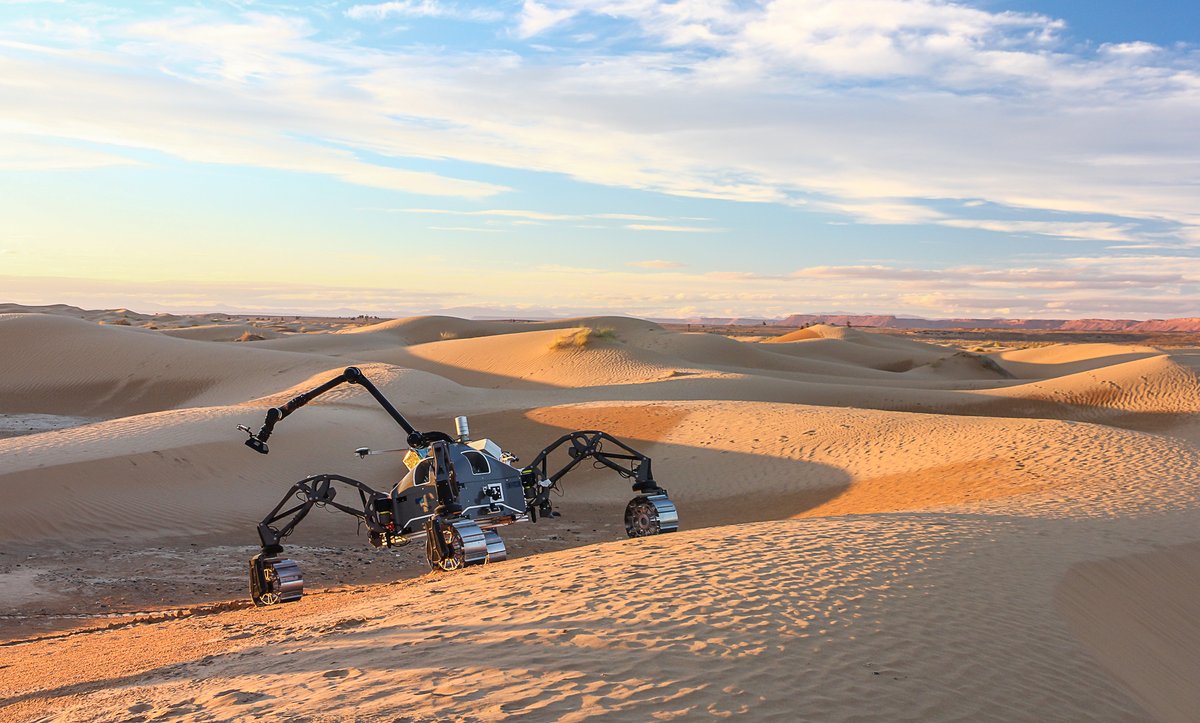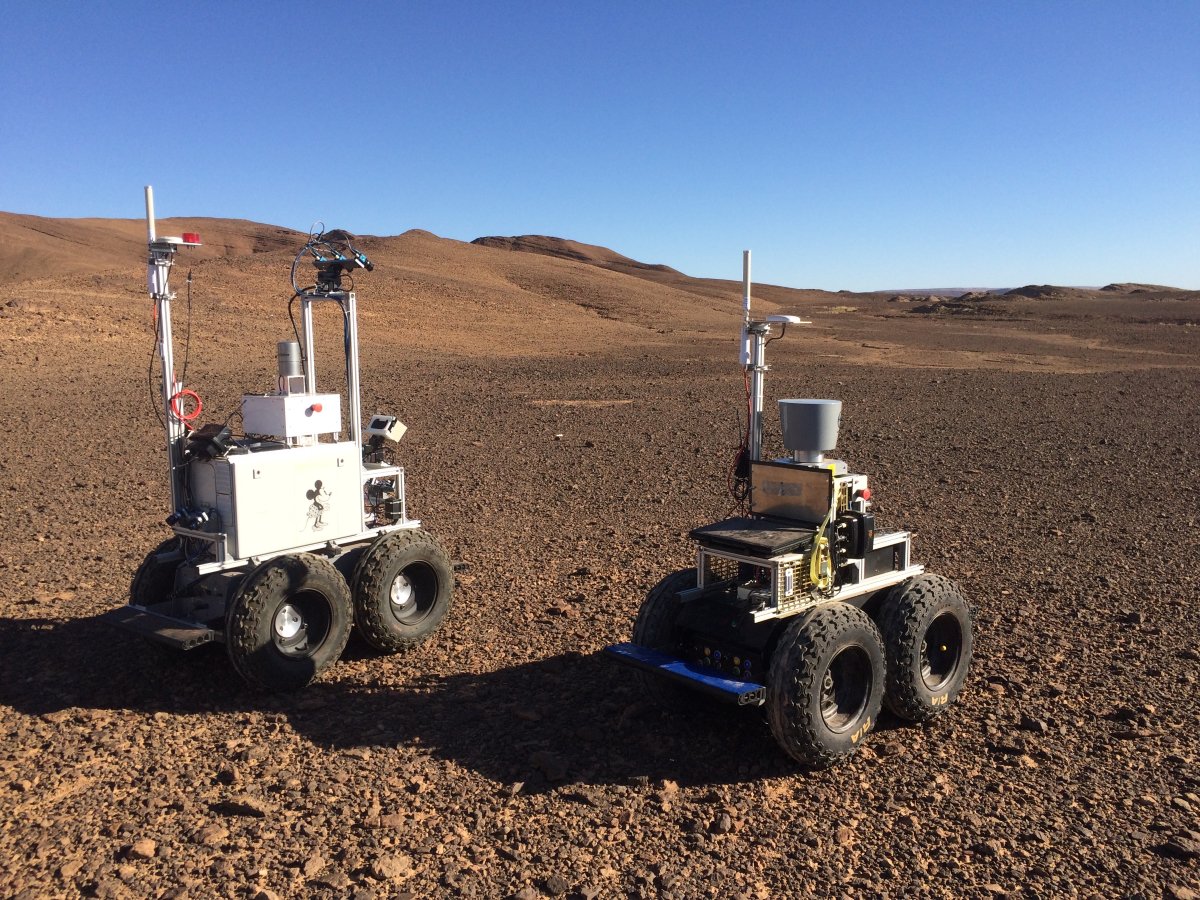Robots Invade the Mars-Like Moroccan Desert in the Name of Research
The Sahara Desert, close to the Moroccan-Algerian border, served as a test site for three rovers and more than 40 engineers finishing the first phase of the Strategic Research Cluster on Space Robotics Technologies, a project funded by the European Union's Horizon 2020 program.
The venue for the field tests was a site near Erfoud operated by the Ibn Battuta Centre in Marrakesh. Engineers tested the rovers' automated navigation systems over a period of two weeks in a project coordinated by PERASPERA, a partnership of space agencies from Europe, including Italy, France, Germany, Spain and the U.K., according to a statement from the European Space Agency (ESA).

The bleak, wind-swept environment was selected by the EU's Europlanet 2020 Research Infrastructure project as a good match for Mars. This would appear to be a belief held by many, as the teams had to share the location with a Hollywood film crew and Chinese documentary makers, ESA officials said in the statement. Erfoud has made appearances in "Spectre," "The Mummy" and even "Aquaman" and serves as a primary location for National Geographic's series "Mars."
"We are here in the Moroccan desert, with a cluster of research projects funded by the European Union, to test robotics technologies that are needed for future planetary exploration, because the soil, the rocks, the dunes, the environment here, is very similar to the surface of Mars," Christos Ampatzis, a computer scientist from the European Commission Research Executive Agency, says in a video about the project.

"What this kind of field test gives you is the proof of the pudding that your design is working well, even in some of the most challenging environments we can imagine," Gianfranco Visentin, head of ESA's Automation and Robotics Section, said in the statement.
"Lab testing of the hardware we design doesn't take account of the variability nature brings, from the light of the sky to the shape of the landscape, the texture and colours of the sand and rock," he added. "Operating outdoors in this way proves that our systems work in much more complex and elaborate settings than can ever be simulated."
Building on the information gathered in this field test, PERASPERA aims to begin a new phase of development that will result in a mission to space to demonstrate orbital robotics in just four years, according to the statement.
Follow Scott Snowden on Twitter. Follow us on Twitter @Spacedotcom and on Facebook.
Get the Space.com Newsletter
Breaking space news, the latest updates on rocket launches, skywatching events and more!
Join our Space Forums to keep talking space on the latest missions, night sky and more! And if you have a news tip, correction or comment, let us know at: community@space.com.
When Scott's application to the NASA astronaut training program was turned down, he was naturally upset...as any 6-year-old boy would be. He chose instead to write as much as he possibly could about science, technology and space exploration. He graduated from The University of Coventry and received his training on Fleet Street in London. He still hopes to be the first journalist in space.










